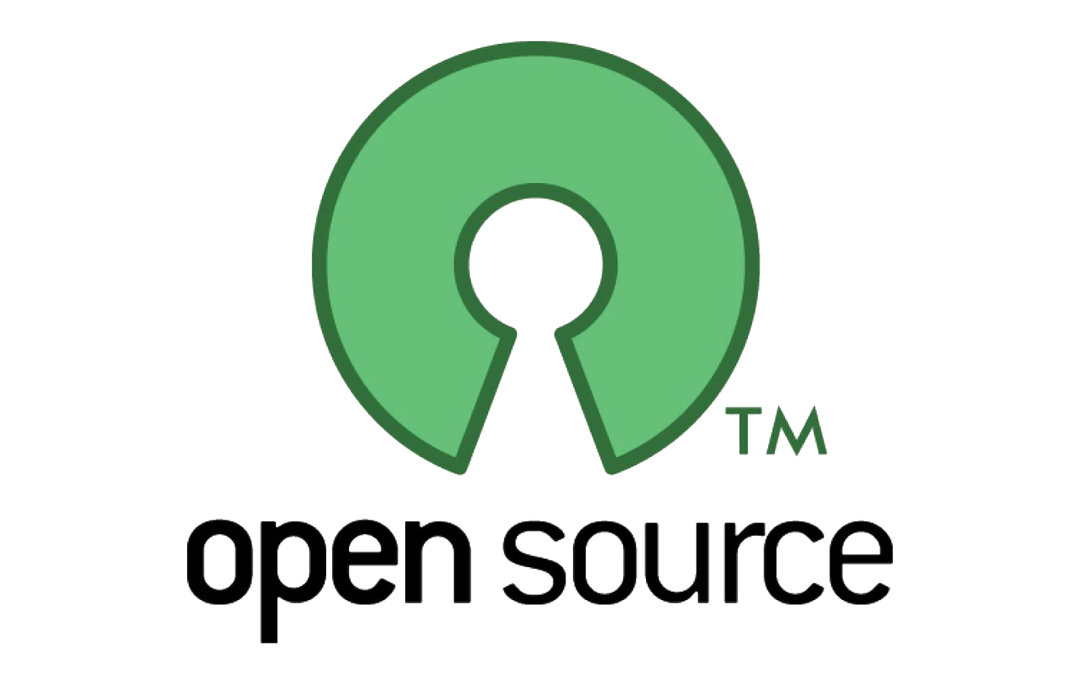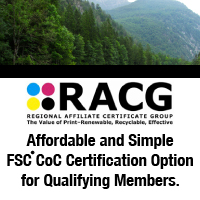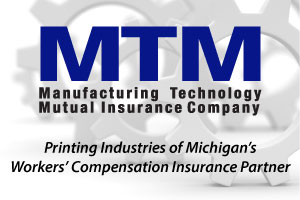
PIM Member Profile: Walsworth Publishing Company
Presence. Performance. Personalization.
By John Gumina

These three words probably best describe Walsworth Publishing Company, this issue’s Printing Industry of Michigan “Member Profile.”
Along with its facility in St. Joseph, Michigan—acquired just five years ago—the Missouri-based Walsworth has continued to expand its operational presence throughout the U.S., and maintains an international reach as well.
Founded in Missouri in 1937 by Don Walsworth, the company is still family owned and specializes in printing yearbooks, catalogs, periodicals and books. It performs among the 30 largest printing companies in the U.S. overall, and is among the top 10 publications printers and top five book printers. Today, it employs some 1,250 people worldwide.
Walsworth is further distinguished by the fact it is the last privately-held printer of yearbooks among the Big Five, and it has more than 675 employees who have attained “Master Printer of America” status!
According to Tom Ashton, Sales Director, Eastern Region at Walsworth Print Group, at its core the company has a philosophy of placing the client first, and maintains a “big enough to help but small enough to care” approach.
It is this personalization, so to speak, which has kept the majority of clients working with Walsworth for fully 10 years or more.
The St. Joseph, Michigan facility offers a full-service print operation, from receipt of files to shipping out the door. “We have heatset web presses as well as sheetfed presses,” Ashton states. “We can stitch or perfect bind projects across the entire platform, or if sewing and case-binding are needed, rely on our Missouri plant. Following completion, we can ship to a destination, mail through our onsite U.S. Postal verification, co-mail, or hold in our warehouses for ongoing fulfillment and distribution.”The manufacturing operation at St. Joseph occupies 150,000 square feet in its own building. Administrative offices are located across the street in 9,000 square feet, and the Fulfillment Operation occupies 50,000 square feet of warehouse and office space in a 500,000 square foot building nearby.
Walsworth acquired IPC of St. Joseph five years ago from Journal Communications, Ashton points out. This was part of a strategic expansion of Walsworth’s platform, its scope of offerings, the markets it served and its product diversification. (IPC had operated in the St. Joseph region for decades prior to the acquisition, occupying a number of facilities.)
About 195 individuals work at the St. Joseph Walsworth facility today which most recently began implementing a new enterprise wide production system to streamline operations and improve efficiency and tracking.
Ashton states, “We have added several new presses and supporting operations, including platesetters and paper handling equipment. We continue to invest significantly in both our local Michigan operation and across our entire platform. Our annual investment easily exceeds $5,000,000 across our platform, as we seek to improve operations and grow our services. In addition to the pressroom equipment, we have invested significantly in our Integrated Solutions suite of services.” Shortly after Walsworth acquired IPC, Ashton joined the company.
“I am responsible for leading our Eastern Region sales team, selling our entire platform. The team is selling solutions applicable to the catalog, periodical and book markets in addition to ongoing fulfillment services and integrated digital solutions.” Ashton emphasizes “the vast majority” of Walsworth clients have been with the company for 10 years or more.
“We count our clients both in numbers and in longevity,” he adds, noting Walsworth prints many hundreds of focused publications, niche and specialty catalogs, and books of all kinds. But services go beyond this.
Ashton states: “We’ve been working with one long-time client, for example, in revising their website and their marketing strategy to incorporate different conversation streams and methodologies, their approach to new subscriber acquisition, as well as, the layout and design of their magazine.”
This has already resulted in more than an 11% increase in new subscriptions and well over a 200% increase in web traffic, he adds.
In an economy that appears to be growing, but still remains challenging, Ashton states Walsworth: “Continues to identify where we can have the greatest impact on the success of our clients and prospects. We focus our efforts on those activities. By refining our approach we can make our marketing and selling more effective, and negate the need to trim or eliminate.”
What about future plans?
Ashton notes Walsworth is continually investing in both traditional brick-and-mortar operations along with the supporting and complimentary services, such as its “Apps” and “Integrated Solutions” programs.
Walsworth Apps helps its clients to develop and deliver compelling content to readers wherever they are and on whatever devices they use – computer, tablet or smartphone. Ashton adds Walsworth Apps offer a rich content-viewing experience, interactive advertising opportunities and real-time analytic insights along with a new component which reviews, recommends and defines new revenue opportunities for the client.
“Integrated Solutions typically begin with a Digital Presence Assessment, so we can help the client stack rank where to invest time and effort to get the best return. For some, it means revamping the website or tweaking SEO, while for others, it means developing apps with responsive design and frequently updated content. One size doesn’t fit all: we tailor our digital efforts to compliment the traditional printed vehicle so each leverages and enhances the other.”
As a member of its local communities, Walsworth is proud to participate in activities and efforts to support the residents, Ashton points out. “We have been a pacesetter company for the United Way campaign in the past and continue to run an employee campaign each year,” he states. Walsworth’s presence in Michigan also goes beyond the local. “We are proud to partner with Susan G. Komen of Michigan for whom we provide in-kind printing services.”
Walsworth also participates in “green” activities. For example, all of the overhead lighting at its St. Joseph manufacturing operation has been replaced with energy efficient fixtures. “We maintain Forest Stewardship Council (FSC) and Sustainable Forestry Initiative (SFI) certifications for sustainable forest paper products,” Ashton says. “We also recycle 100% of our process waste paper. Additionally, our Sunday web press is a zero-emission press, meaning atmospheric exhaust from that press is water vapor only.”
An active Printing Industries of Michigan member, Walsworth views its membership as “an effective way for us to connect with our colleagues in the industry,” Ashton states. “It helps our organization locate potential production partners, both for specialty applications and overflow resources but also for presenting Walsworth capabilities to other members.”
PIM also serves Walsworth as a method of information consolidation and distribution, both internally and across its local industry, Ashton adds.
For more information about Walsworth, visit its website at walsworth.com, or call Tom Ashton at 269.428.1200. You can also email them either through the website, or through thomas. ashton@walsworth.com














